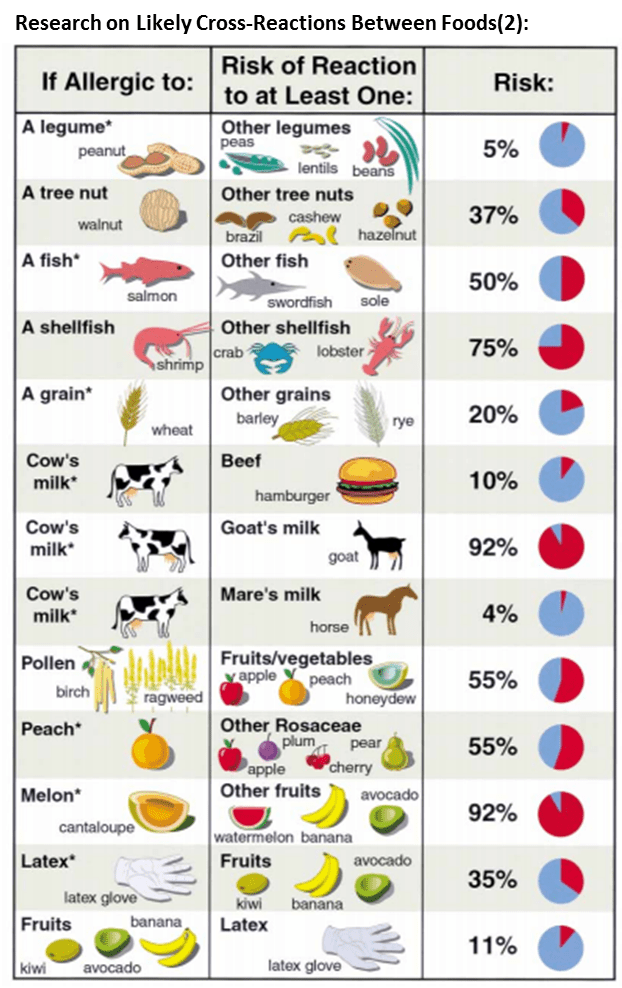

IgE immunoglobulin E, IgG immunoglobulin G, IgM immunoglobulin G, MHC major histocompatibility complexĪThese reactions may also be non-immunologically mediated This article will provide an overview of the mechanisms and risk factors for drug allergy, as well as strategies for the diagnosis and appropriate management of some of the most common drug-induced allergic disorders. Therefore, if a drug-induced allergic disorder is suspected, consultation with an allergist experienced in the identification, diagnosis and management of drug allergy is recommended. Furthermore, identification of drug allergy is challenging given the myriad of symptoms and clinical presentations associated with the condition. These reactions are often clinically indistinguishable from true immunologically mediated allergic reactions, but they lack immunological specificity.ĭrug allergy not only affects patient quality of life, but may also lead to delayed treatment, use of suboptimal alternate medications, unnecessary investigations, increased morbidity and even death. Pseudoallergic reactions (also known as non-allergic or non-immune-mediated reactions) represent another type of unpredictable ADR. It accounts for approximately 5–10% of all ADRs. This article provides a background on drug allergy and strategies for the diagnosis and management of some of the most common drug-induced allergic reactions, such as penicillin, sulfonamides, cephalosporins, radiocontrast media, local anesthetics, general anesthetics, acetylsalicylic acid and non-steroidal anti-inflammatory drugs, and therapeutic monoclonal antibodies.ĭrug allergy is one type of unpredictable ADR that encompasses a spectrum of immunologically-mediated hypersensitivity reactions with varying mechanisms and clinical presentations. If a particular drug to which the patient is allergic is indicated and there is no suitable alternative, induction of drug tolerance procedures may be considered to induce temporary tolerance to the drug. In the event of anaphylaxis, the treatment of choice is injectable epinephrine. Additional therapy for drug hypersensitivity reactions is largely supportive and may include topical corticosteroids, oral antihistamines and, in severe cases, systemic corticosteroids. Cross-reactivity among drugs should be taken into consideration when choosing alternative agents. When available, alternative medications with unrelated chemical structures should be substituted. The most effective strategy for the management of drug allergy is avoidance or discontinuation of the offending drug. Induction of drug tolerance procedures may also be required.
Cross reactivity definition drug allergy skin#
Diagnosis relies on a careful history and physical examination and, in some instances, skin testing and graded challenges. Therefore, referral to an allergist experienced in the identification, diagnosis and management of drug allergy is recommended if a drug-induced allergic reaction is suspected. Given the myriad of symptoms associated with the condition, diagnosis is often challenging. This type of adverse drug reaction not only affects patient quality of life, but may also lead to delayed treatment, unnecessary investigations, and even mortality. Drug allergy encompasses a spectrum of immunologically-mediated hypersensitivity reactions with varying mechanisms and clinical presentations.


 0 kommentar(er)
0 kommentar(er)
